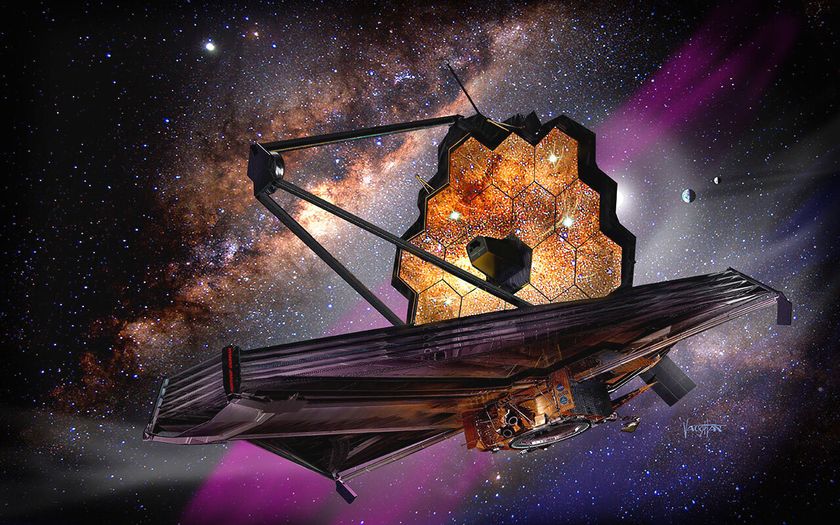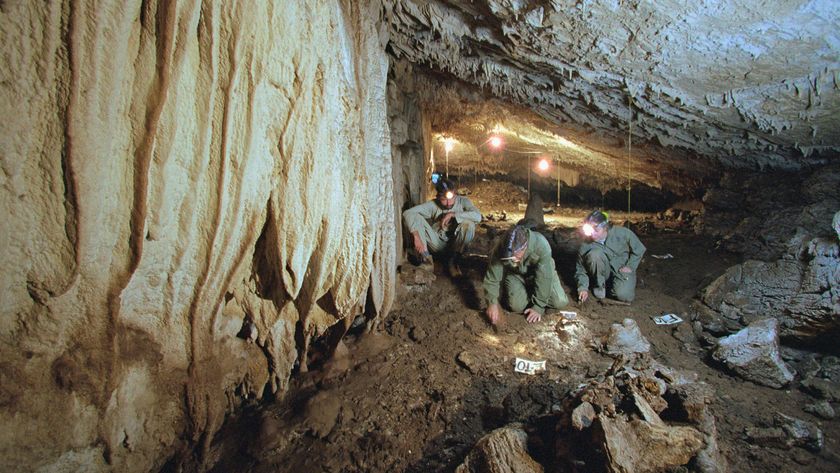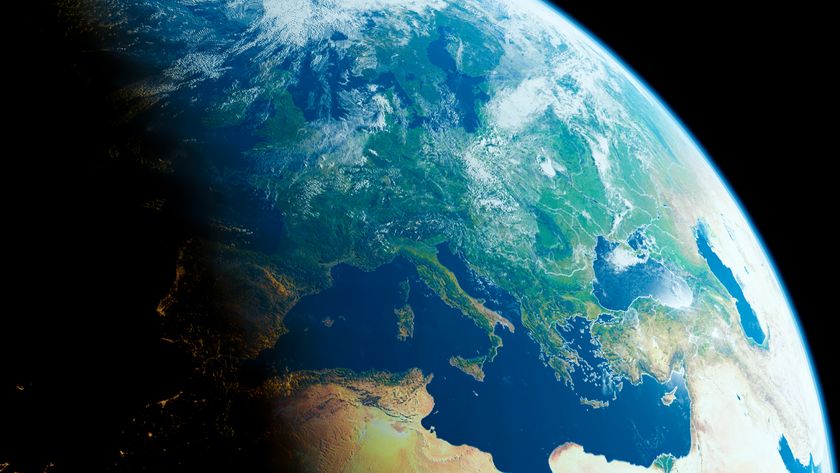Bermuda Triangle: Where Facts Disappear
The Bermuda Triangle (also known as the Devil's Triangle) is an area bounded by points in Bermuda, Florida and Puerto Rico where ships and planes are said to mysteriously vanish into thin air — or deep water.
Recently, some people have wondered if there is a Bermuda Triangle connection in the disappearance of Malaysia Airlines Flight MH370, even though the jet went missing halfway around the world.
The term "Bermuda Triangle" was coined in 1964 by writer Vincent Gaddis in the men's pulp magazine Argosy. Though Gaddis first came up with the phrase, a much more famous name propelled it into international popularity a decade later. Charles Berlitz, whose family created the popular series of language instruction courses, also had a strong interest in the paranormal. He believed not only that Atlantis was real, but also that it was connected to the triangle in some way, a theory he proposed in his bestselling 1974 book "The Bermuda Triangle." The mystery has since been promoted in thousands of books, magazines, television shows, and websites.
Over the years, many theories have been offered to explain the mystery. Some writers have expanded upon Berlitz's ideas about Atlantis, suggesting that the mythical city may lie at the bottom of the sea and be using its reputed "crystal energies" to sink ships and planes. Other more fanciful suggestions include time portals (why a rift in the space-time fabric of the universe would open up in this particular patch of well-traveled ocean is never explained) and extraterrestrials — including rumors of underwater alien bases.
Still others believe that the explanation lies in some sort of extremely rare and little–known — yet perfectly natural — geological or hydrological explanation. For example, perhaps ships and planes are destroyed by pockets of flammable methane gas known to exist in large quantities under the sea — maybe lightning or an electrical spark ignited a huge bubble of methane that came to the surface right next to a ship or plane, causing them to sink without a trace. There are a few obvious logical problems with this theory, including that methane exists naturally around the world and such an incident has never been known to happen. [Gallery: Lost in the Bermuda Triangle]
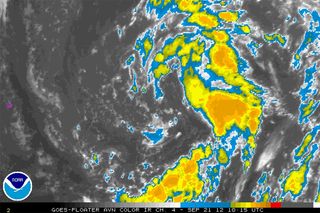
Others suggest sudden rogue tidal waves. Or maybe some mysterious geomagnetic anomaly that creates navigational problems confusing pilots and somehow causing them to plunge into the ocean; then again, pilots are trained to fly even with a loss of electronic navigation, and that theory doesn't explain ship disappearances. In fact, the Navy has a web page debunking this idea: "It has been inaccurately claimed that the Bermuda Triangle is one of the two places on earth at which a magnetic compass points towards true north. Normally a compass will point toward magnetic north. The difference between the two is known as compass variation. ... Although in the past this compass variation did affect the Bermuda Triangle region, due to fluctuations in the Earth's magnetic field this has apparently not been the case since the nineteenth century."
Mystery of the disappearing facts
But before we accept any of these explanations, a good skeptic or scientist should ask a more basic question: Is there really any mystery to explain?
A journalist named Larry Kusche asked exactly that question, and came to a surprising answer: there is no mystery about strange disappearances in the Bermuda Triangle. Kusche exhaustively re-examined the "mysterious disappearances" and found that the story was basically created by mistakes, mystery mongering, and in some cases outright fabrication — all being passed along as fact-checked truth.
In his definitive book "The Bermuda Triangle Mystery — Solved," Kusche notes that few writers on the topic bothered to do any real investigation — they mostly collected and repeated other, earlier writers who did the same. Unfortunately, Charles Berlitz's facility with language did not carry over into credible research or scholarship. His books on the paranormal — and on the Bermuda Triangle, specifically — were riddled with errors, mistakes, and unscientific crank theories. In a way, the Bermuda Triangle is largely a creation of Charles Berlitz's mistakes. Kusche would later note that Berlitz's research was so sloppy that "If Berlitz were to report that a boat were red, the chance of it being some other color is almost a certainty."
In some cases there's no record of the ships and planes claimed to have been lost in the aquatic triangular graveyard; they never existed outside of a writer's imagination. In other cases, the ships and planes were real enough — but Berlitz and others neglected to mention that they "mysteriously disappeared" during bad storms. Other times the vessels sank far outside the Bermuda Triangle.
It's also important to note that the area within the Bermuda Triangle is heavily traveled with cruise and cargo ships; logically, just by random chance, more ships will sink there than in less-traveled areas such as the South Pacific.
Despite the fact that the Bermuda Triangle has been definitively debunked for decades, it still appears as an "unsolved mystery" in new books — mostly by authors more interested in a sensational story than the facts. In the end, there's no need to invoke time portals, Atlantis, submerged UFO bases, geomagnetic anomalies, tidal waves, or anything else. The Bermuda Triangle mystery has a much simpler explanation: sloppy research and sensational, mystery-mongering books.
Benjamin Radford is deputy editor of Skeptical Inquirer science magazine and author of six books, including "Scientific Paranormal Investigation: How to Solve Unexplained Mysteries." His website is BenjaminRadford.com.
The Bermuda Triangle has fascinated many who lean toward believing imaginative stories and bizarre explanations, but skeptics take a whole other view of the area. Find out whether you’ve got the facts straight.
Bermuda Triangle Quiz: Fact vs. Fiction
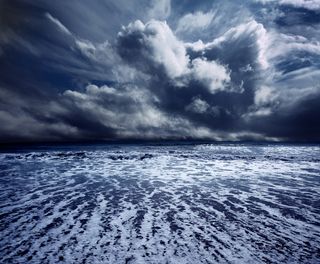
Related:
Sign up for the Live Science daily newsletter now
Get the world’s most fascinating discoveries delivered straight to your inbox.










